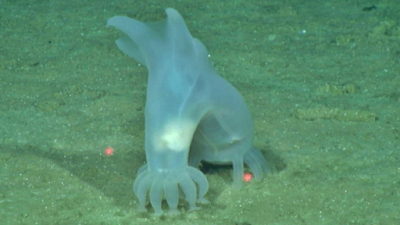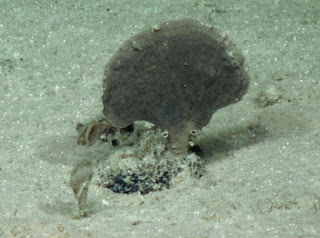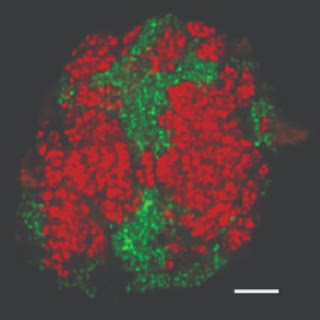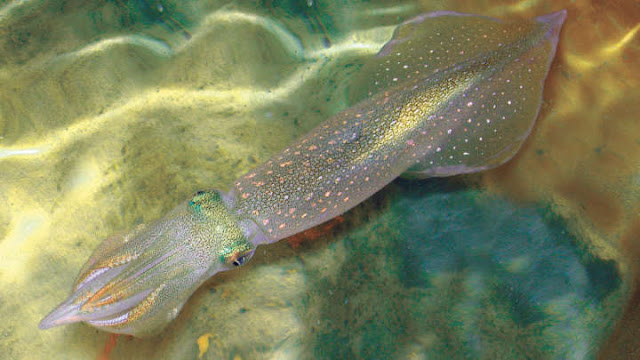World's Deepest Fish Ever Filmed
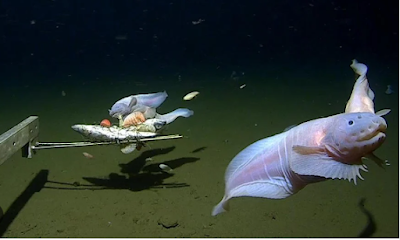
A research expedition to explore deepest-sea creatures led to the discovery of the deepest fish ever filmed. In August 2022, a two-month expedition to the deep trenches around Japan in the north Pacific Ocean undertook by the research ship DSSV Pressure Drop. As part of a 10-year study into the deepest fish populations in the world, the mission was to explore the Japan, Ryukyu and Izu-Ogasawara trenches at 8,000m, 9,300m and 7,300m deep respectively. Founder of the Minderoo-UWA Deep Sea Research Centre and chief scientist of the expedition, UWA Professor Alan Jamieson, worked with a team from the Tokyo University of Marine Science and Technology to deploy baited cameras in the deepest parts of the trenches. At a depth of 8,336m in the Izu-Ogasawara Trench, south of Japan, the team managed to film the deepest record of a fish, the unknown snailfish species of the genus Pseudoliparis. A few days later, the team collected two fish in traps from 8,022m deep in the Japan Trench. ...
